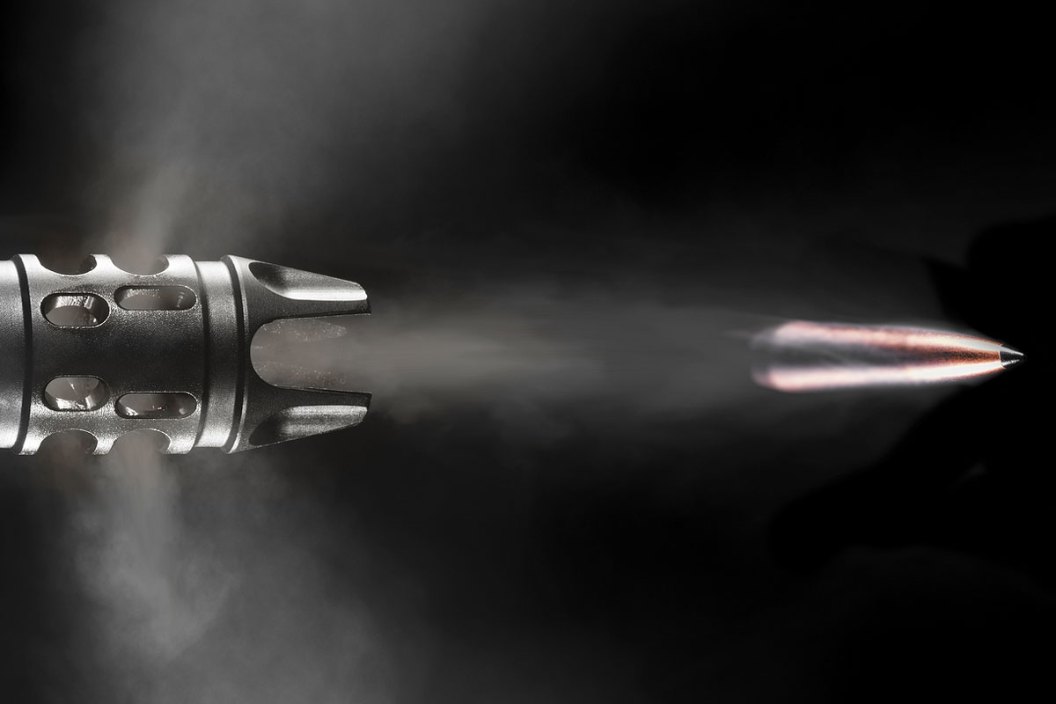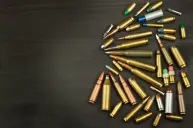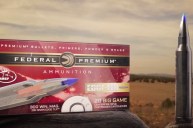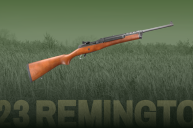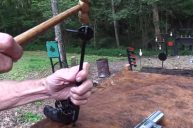Understanding how a bullet makes its way to the target makes all the difference.
A bullet's trajectory, simply put, is the path it takes from the muzzle of a gun barrel to the target. Now, one might think that a bullet simply follows the line of sight from the gun to the target, but it's not that cut and dry and a bullet doesn't exactly travel in a straight line.
The barrel of a scoped rifle is actually angled up to meet the point of aim in the scope's reticle. When fired, the bullet actually travels in an arc, going up, before coming back down to meet the target. This is called a parabola, and it's also the reason a rifle that has been boresighted still needs sighting in at the range with the ammo that will be used in the field or in competition.
A bullet with a pronounced arc experiences significant bullet drop before hitting the target, whereas a bullet said to be "flat shooting" will have a shallower arc and less bullet drop.
Of course, a bullet's trajectory depends on many factors, including the bullet's weight, bullet shape, the air resistance it experiences during flight, the muzzle velocity when it is fired. There are also external, real world, features that can cause variations in trajectory, including air density, humidity, temperature and crosswind. In ballistic terms, these factors are measured as air resistance, drag and wind deflection.
The drag a bullet experiences in flight is due to its speed, ballistic coefficient and air density. When a bullet's ballistic coefficient is high, drag is reduced as much as possible.
Wind drift can cause the bullet path to deviate up, down, left or right. It's not just the wind at the rifle that effects the trajectory of the bullet, but also the wind at the target and in the space between. Because the wind can change quickly, long-range shooters often use wind meters in conjunction with observable bits of the environment moving in the wind to determine their windage holdover.
The farther the shot, the longer the bullet's flight time, and the more external factors can effect it as the bullet travels through the air downrange. This is why shots at longer ranges are so difficult, though with modern ballistic calculators used in conjunction with laser rangefinders, they are made a bit easier for long-range shooters.
Additionally, the faster a bullet travels, the less gravity and other factors will affect it, because flight time will be reduced. But it's a balancing act because the faster a bullet travels, the more drag it experiences, which can be mitigated by a rifle bullet's aerodynamic shape.
NEXT: MEATEATER IS COMING OUT WITH A TURKEY CALL COLLECTION
WATCH
